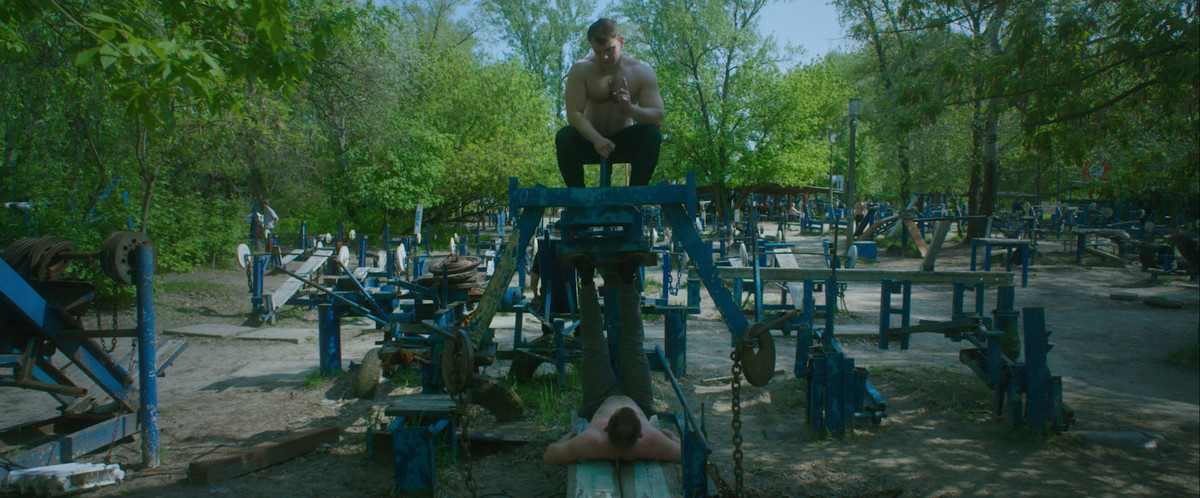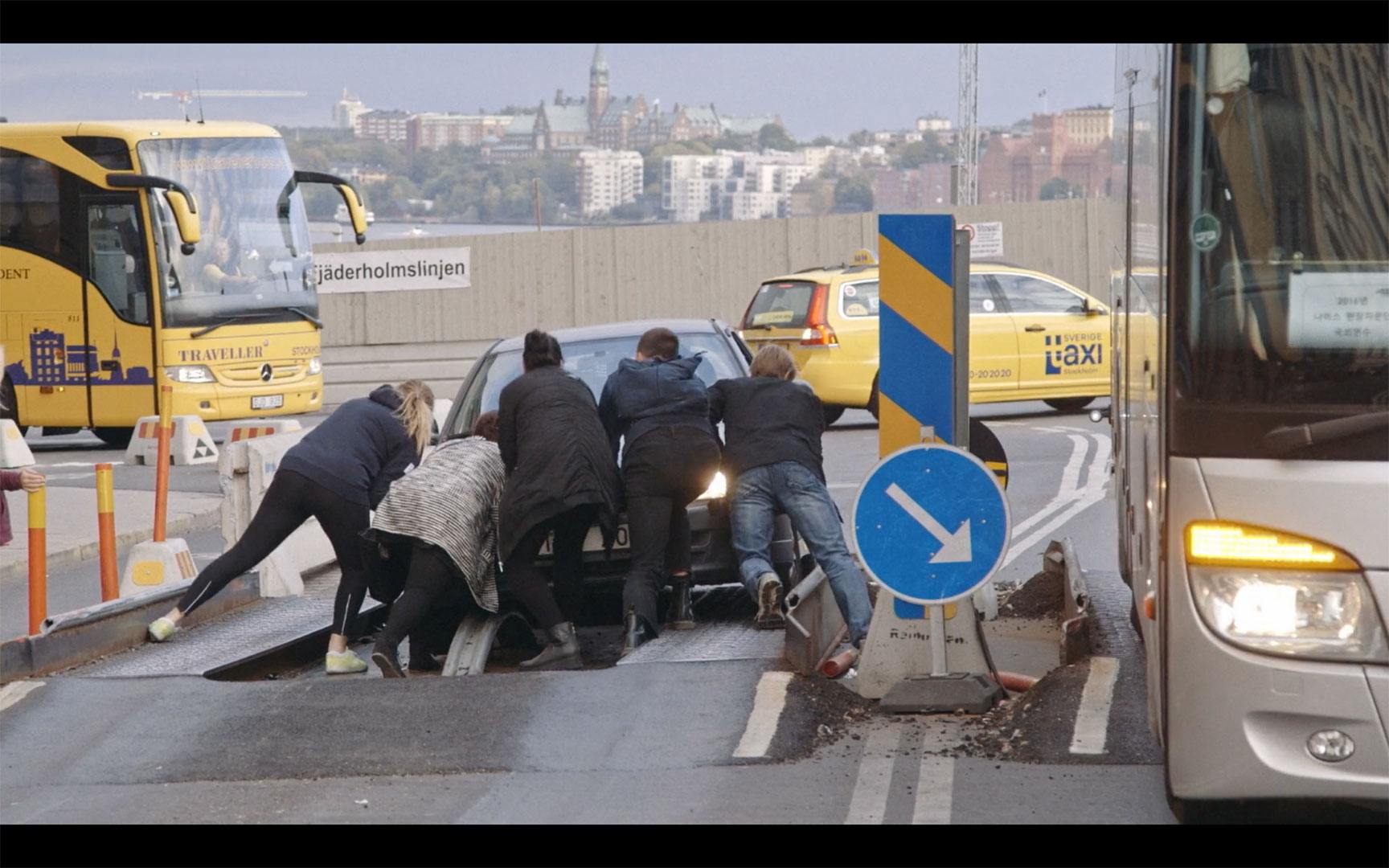A big thanks to mubi for releasing Nimic, the latest work from Yorgos Lanthimos (The Lobster, The Favorite).
This delightfully-eerie short combines Matt Dillon (who can pull off “clueless and confused” like no other actor working today) with a devilish Daphne Patakia (who quite literally steals the show from the more senior actor), capturing all the End-of-Empire fear of a host of recent offerings in the “stalker/imposter/body-snatcher” genre (It Follows, Goodnight Mommy, Get Out, Us, Under the Skin — and even Lanthimos’s own The Killing of a Sacred Deer) and distills this anxiety down to its purest essence in a 15-minute package. (Also worth noting, as with a number of these other films, there’s some subtle race and gender subtexts at play here; one only need do a quick search for “you will not replace us” to discover the real ugly fears at the heart of so much of the current cultural divide, explored in these collected works: far more threatening than serial-killing maniacs or flesh-eating zombies is the terror of being usurped.)
Dillon plays a middle-aged father of three, a cellist who gets up like any other day, boils an egg for breakfast like any other day, and heads off on the subway for rehearsal — just like any other day. But returning home, something is off — a glitch in the matrix, perhaps — and he finds himself followed by a doppelganger: the sweet and sly Patakia, who — strangely, mysteriously, intriguingly — looks nothing like Dillon (just roll with it). As she follows him home, Diego Garcia’s deft cinematography provides the perfect “stalker-cam” viewpoint: we find ourselves at once both in pursuit and pursued, as the fish-eye lens bends the very streets of the city around the characters. (The score — starting, stopping, on-screen, then off: strings whining, bending, screeching, humming, all at once — heightens the pace and the sense of tension and pursuit.)
As the circle bends back on itself, we begin to question even more of the reality we’ve just seen. See it once, and then watch again to truly appreciate how much mystery, confusion, fear, and dread a great director can pack into a short.




